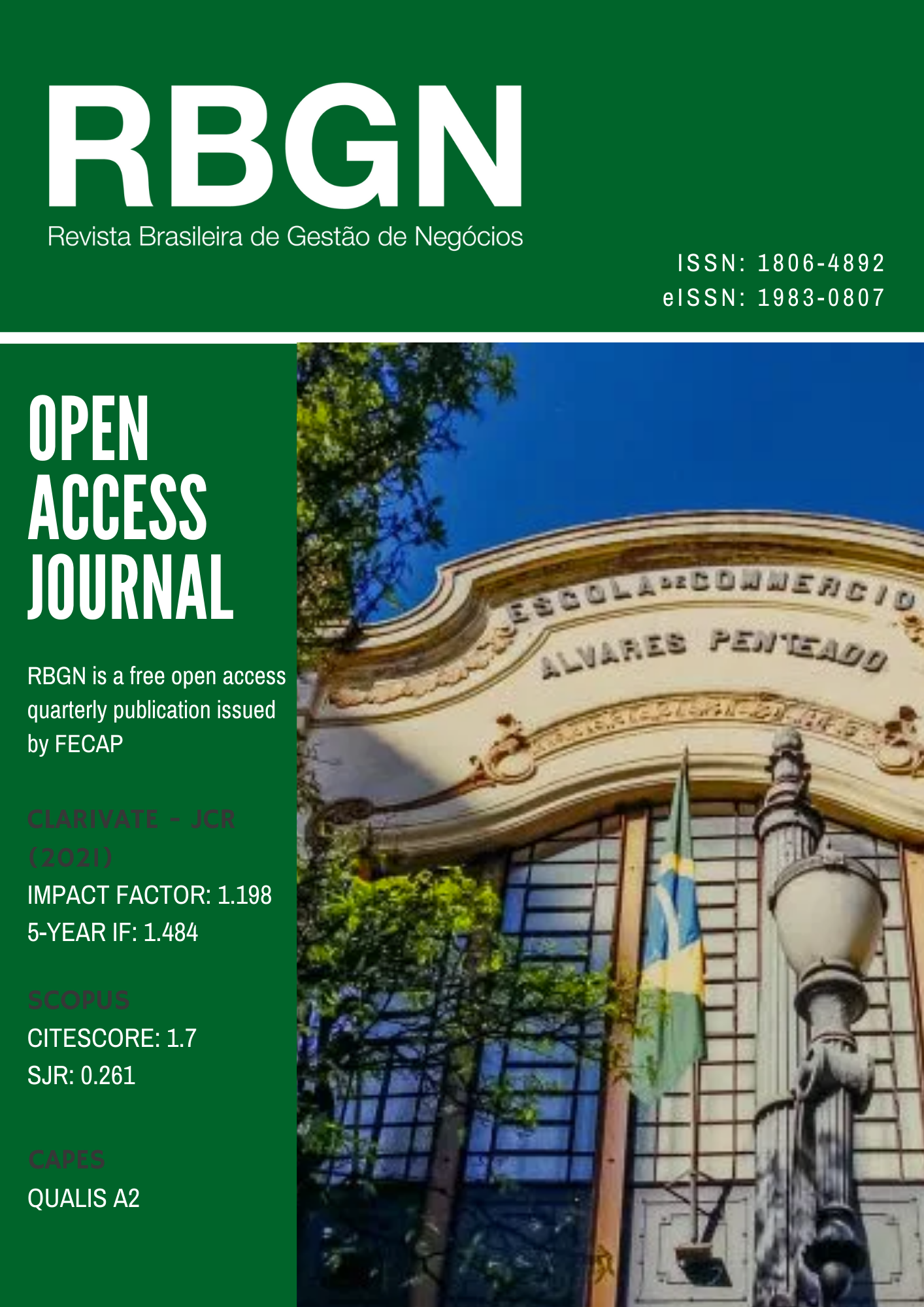Abstract
Purpose – This study proposes to evaluate product attributes in an unusual triad of actors: end-users, vendors, and specifiers. The differences in perceptions of product attributes between these triadic actors can bias strategic marketing decisions for functional and aesthetic products in a building supply retailer, which is understudied in the retail literature.
Theoretical framework – The study uses the attribution theory approach and provides a new perspective to explain differences in attribute evaluations in this triad (end user-specifier-vendor).
Design/methodology/approach – The hypotheses are tested in two countries’ functional and aesthetic building material categories. Attribute evaluations were performed using the ranking method and Borda count. We used ANOVA, linear discriminant analysis (LDA), and the Mahalanobis squared distance (MSD) for the estimations.
Findings – The hypothesis tests confirmed the difference in attribute evaluations between end-users, vendors, and specifiers for functional products; however, as we hypothesized, no difference was found for aesthetic products.
Practical & social implications of research – Our discussion will help retail practitioners avoid bias in marketing strategy. In the development of new products, manufacturing companies should consider differences between actors, especiallyin collaborative product developments.
Originality/value – This study contributes to the literature by using an attribution theory approach and provides a new perspective to explain differences in attribute evaluations in this triad (end-user-specifier-vendor). We provide insights into allocating causes and responsibility in product attribute selection.
Keywords: Attribution theory, attribute, vendor-end-user-specifier, assortment strategy.
If a paper is approved for publication, its copyright has to be transferred by the author(s) to the Review of Business Management – RBGN.
Accordingly, authors are REQUIRED to send RBGN a duly completed and signed Copyright Transfer Form. Please refer to the following template: [Copyright Transfer]
The conditions set out by the Copyright Transfer Form state that the Review of Business Management – RBGN owns, free of charge and permanently, the copyright of the papers it publishes. Although the authors are required to sign the Copyright Transfer Form, RBGN allows authors to hold and use their own copyright without restrictions.
The texts published by RBGN are the sole responsibility of their authors.
The review has adopted the CC-BY Creative Commons Attribution 4.0 allowing redistribution and reuse of papers on condition that the authorship is properly credited.


